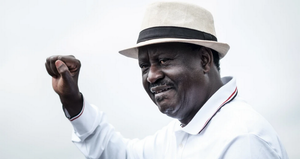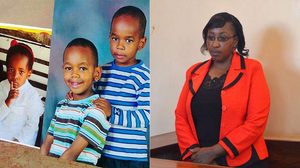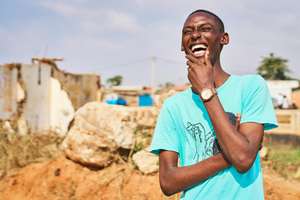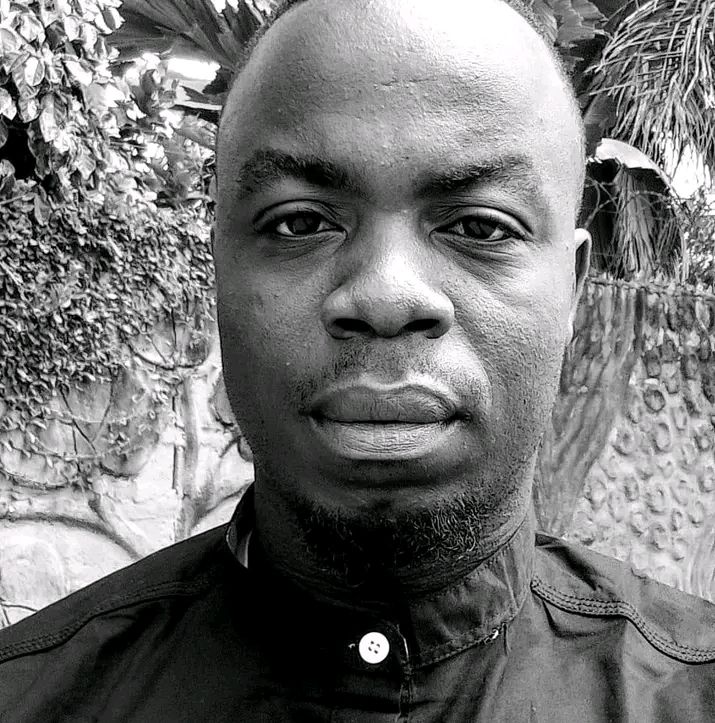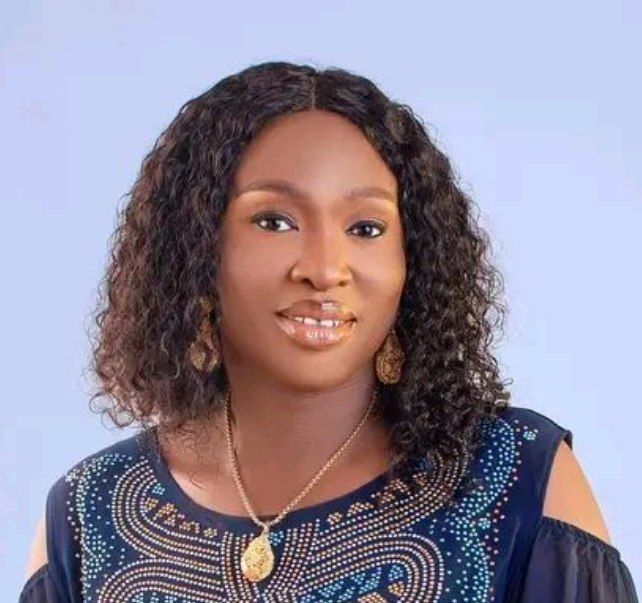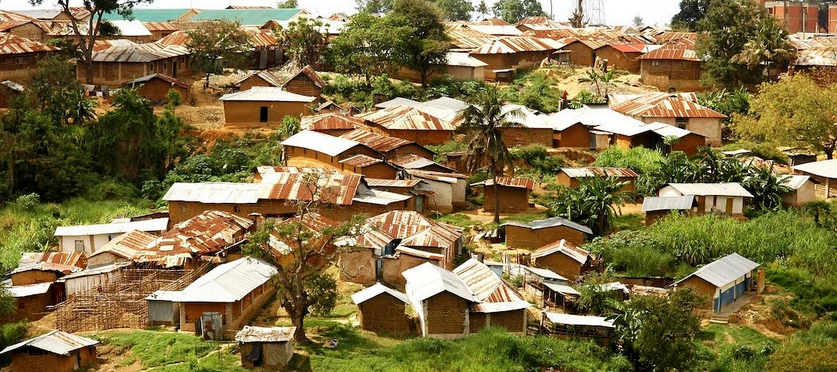
The Village That Heals: How Community Support is Breaking Mental Health Stigma
Reading Time: 2min
In the heart of Kenya, a quiet revolution is unfolding. For generations, mental health was a subject of shadows and silence, often misunderstood as a spiritual affliction, a curse, or a personal failing . This stigma created a devastating cycle of isolation, where individuals suffered in silence, hidden away by families fearful of societal judgment. Yet, across the country, a powerful new narrative is emerging, one where community itself is becoming the most potent medicine. This is the story of how grassroots support is breaking the chains of stigma and building a village that heals.
The weight of stigma in Kenya is profound and deeply rooted. Cultural and traditional beliefs have long linked mental health conditions to witchcraft, demonic possession, or supernatural punishment. This leads to widespread discrimination, where individuals are labeled as "mad" or "weak," and are often perceived as dangerous, despite evidence showing they are more likely to be victims of violence than perpetrators . This environment of fear and misunderstanding forces families to hide their loved ones, sometimes in horrifying conditions. Stories like that of Charo, a 35-year-old man kept in chains by his family for nearly four years due to untreated psychosis, were once tragically common . The fear of being ostracized prevents people from seeking help, creating a silent epidemic where an estimated 25% of Kenyan youth experience symptoms of depression or anxiety, yet many go untreated.
The Kenyan government faces a monumental task in addressing this crisis alone. The system is severely underfunded, with mental health receiving a meager 0.01% of the national health budget. The shortage of professionals is acute, with only about 100 psychiatrists and 500 psychiatric nurses to serve a population of over 50 million people . This means that even those who overcome the stigma to seek help often find services inaccessible, especially in rural areas.
But within this challenge lies the seed of the solution: the community. Recognizing that formal systems are stretched beyond capacity, innovative programs are harnessing the power of local human resources. This involves a strategy known as "task-sharing," where trained community health workers, traditional healers, and faith leaders become the first line of defense. These individuals are culturally accepted, trusted, and embedded within their communities, making them uniquely positioned to identify and support those in need.
Organizations like Basic Needs Basic Rights Kenya (BNBR) work at this grassroots level, providing training and building supportive environments. Their Inclusive Communities Project was the key to freeing Charo from his chains; they provided a correct diagnosis, treatment, and counseling, transforming his life and restoring his family's trust . Similarly, Cheshire Disability Services Kenya (CDSK) offers practical support. They helped Festus, a university student battling depression and suicidal thoughts, by providing him with business skills training. He started a small soap-making enterprise, which gave him the financial independence to afford his medication and regain control of his life.
The impact of these community-based efforts is profound. They create safe spaces where silence is broken. Festus, once isolated and hopeless, now leads a support group where he encourages other young people with mental health struggles. These groups are crucial, offering a place to share experiences without fear of judgment, directly countering the isolation that stigma creates.
Education is another powerful tool. Initiatives are actively dispelling harmful myths with facts:
Myth: Mental illness is caused by witchcraft or curses.
Fact: Mental health conditions have medical, biological, and psychological causes and are treatable with the right care.Myth: People with mental disorders are dangerous.
Fact: They are more likely to be victims of violence than perpetrator.Myth: Seeking help shows weakness.
Fact: Seeking professional mental health care is a sign of strength, just like treating a physical ailment.
Campaigns like Difu Simo ("Breaking Free") in Kilifi County use creative, culturally sensitive approaches—including interactive workshops, participatory videos, and mass awareness campaigns—to engage communities and challenge these deep-seated misconceptions. By integrating traditional practices with biomedical understanding, they build bridges rather than walls.
The journey is far from over, but the village is learning to heal itself. The collective action of community health workers, faith leaders, activists, and people with lived experience is creating a ripple effect of compassion and understanding. It is a testament to the power of community, proving that while policy and funding are essential, the most transformative healing often begins with a neighbor’s empathy, a support group’s encouragement, and a village’s willingness to embrace, rather than ostracize, those who are struggling. This is how stigma is broken: not by a single hero, but by an entire community choosing to become a sanctuary of support.

